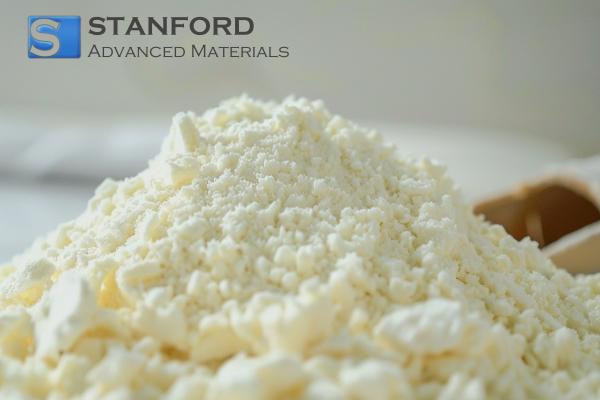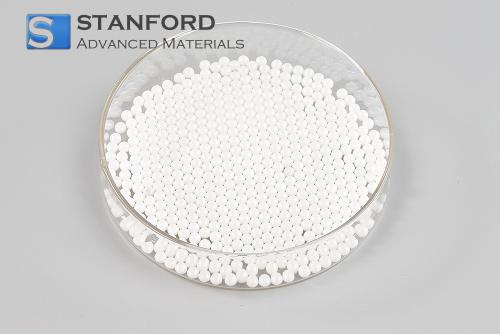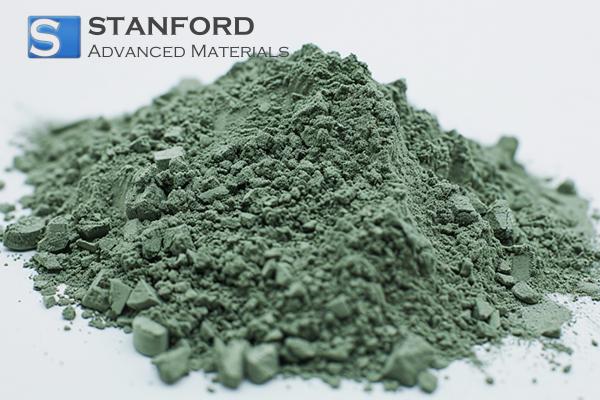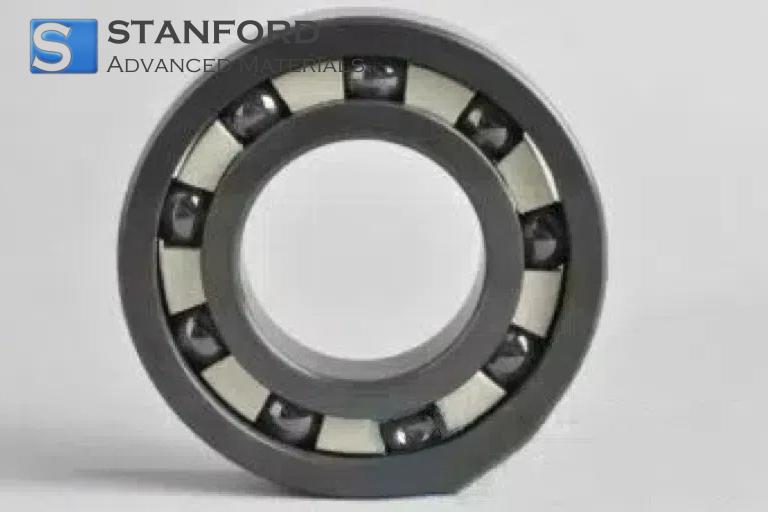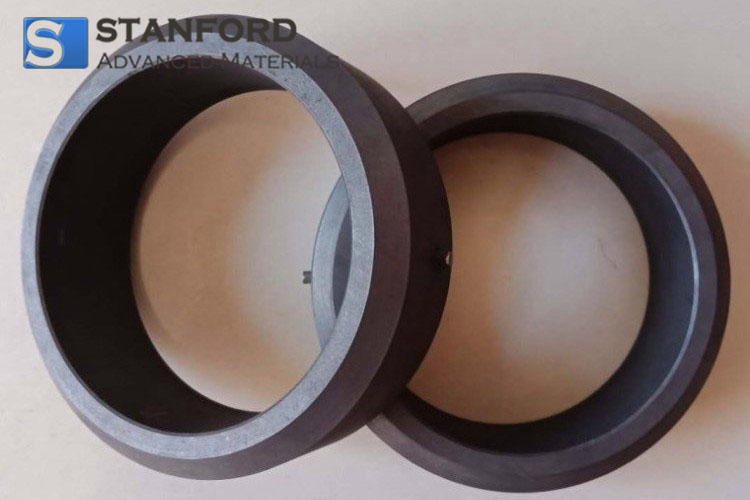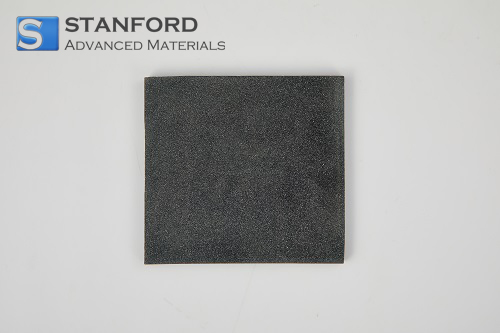Description of Ceramic Fiber Module
Ceramic fiber is produced from high purity aluminosilicate material through a strictly controlled high-temperature furnace melting and fiberizing process. Ceramic fiber products are white and odorless, which is suitable for high-temperature applications up to 2300°F. Due to the resistance to high temperatures, good thermal stability, and significant energy-saving effects, ceramic fibers are gradually replacing traditional refractory brick refractories. Ceramic fiber modules can be anchored on the industrial furnace to achieve the effect of fire insulation.
Advantages
- Low heat conduction
- Chemical stability
- Excellent tensile strength
- Excellent thermal stability and resistance to shock
- Excellent sound absorption
- Can compensate fiber furnace lining shrinkage
Specifications of Ceramic Fiber Module
|
Code
|
SCFM-950
|
SCFM-1000
|
SCFM-1100
|
SCFM-1200
|
SCFM-1350
|
|
Permanent linear change in heating (%)
|
950°C×24h <-3
|
1000°C×24h <-3
|
1100°C×24h <-3
|
1200°C×24h <-3
|
1350°C×24h <-3
|
|
Heat conductivity coefficient(W/m.k)
|
200°C
|
0.050-0.058
|
|
400°C
|
0.090-0.121
|
|
600°C
|
0.165-0.198
|
|
Slag content (%)
|
<20
|
|
Bulk density(kg/m)
|
180±10; 200±10
|
|
Size(mm)
|
300*300*250
|
Applications of Ceramic Fiber Module
Ceramic fiber modules are fixed on the steel plate of the furnace shell of the industrial kiln for fire protection. These industrial furnaces include:
- Kilns in the petrochemical industry
- Kilns in the metallurgical industry
- Kilns in ceramic and glass industries
- Heat treatment furnace
Ceramic Fiber Module FAQs
Q1: What is a Ceramic Fiber Module?
Answer: A Ceramic Fiber Module is a pre-fabricated insulation unit made from ceramic fiber blanket materials. These modules are designed for use in high-temperature industrial applications and are typically installed in furnaces, kilns, and other high-temperature equipment to provide efficient thermal insulation.
Q2: What are the common applications of Ceramic Fiber Modules?
Answer: Common applications include lining for furnaces, kilns, boilers, incinerators, and other high-temperature industrial equipment. They are used in petrochemical, steel, aluminum, ceramics, and glass industries for thermal insulation and energy efficiency.
Q3: How are Ceramic Fiber Modules manufactured?
Answer: Ceramic Fiber Modules are manufactured by folding, stacking, or compressing ceramic fiber blankets into pre-designed shapes and sizes. These modules are then secured with various hardware systems for easy installation.
